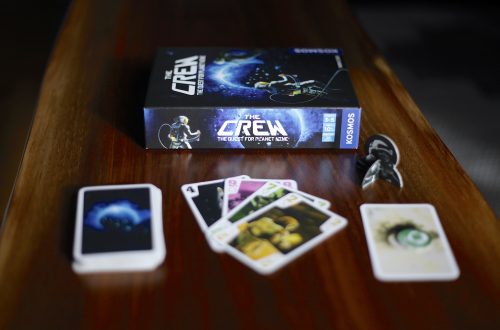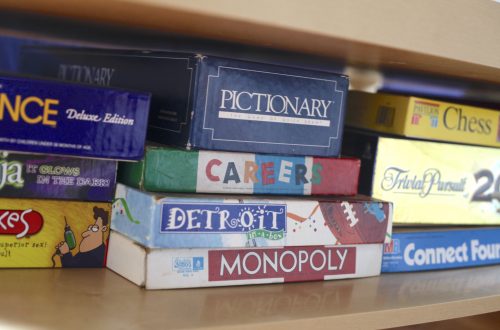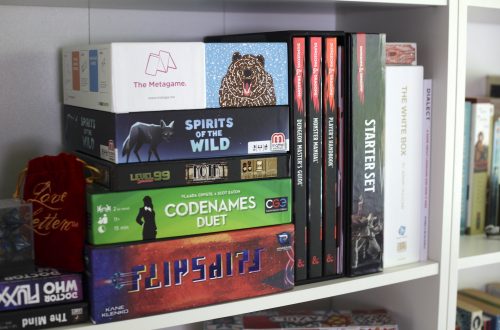The Best Educational Board Games for Kids (and Adults!)
Hey there! This website does contain affiliate links. If you purchase something through this page, Cats and Dice may earn a share of sales from the link. Learn more.
Growing up, I played some of the best educational board games and card games all the time. You probably did, too!
I started at a young age with games like Candyland and Monopoly. I even have a clear memory of playing a heated game of High-Ho Cherry-O against my dad in our recently renovated basement.
It’s a strange memory to have, but it’s there.
For those of you unfamiliar, High-Ho Cherry-O is a counting game. It’s not too different from those story math problems you get in school. You know the ones. “If Susie has three apples and Johnny gives her five, how many apples does Susie have now?”
Here’s the thing, though:
As random and specific as that memory is for me, I don’t remember learning at all.
(Well, I did learn I was a sore loser around then.)
Looking back on it, though, I see how much the best educational board games and card games taught me about math, science, language arts, and other topics. In fact, they’re still doing that today. I’ve learned all kinds of things through modern board games since so many of them are educational.
This post can’t possibly list every single one, but it will list some of the best educational board games for kids and adults, too. Some of my favorites even made this list.
You will find the best educational board games for the following subjects:
- STEM (Science, Technology, Engineering, and Math)
- Social Studies (History, Geography, etc.)
- Language Arts (Spelling, Reading, Creative Writing)
You can buy these games right now and start learning with your kids.
The Best Educational STEM Board Games
These games focus on developing math and science skills. Almost all board games require some amount of math for scoring, but these games really dig into the subject. Many of these games combine several STEM subjects without players even fully realizing it.
Math Fluxx and Chemistry Fluxx
These are two different versions of the same amazing game. The rules are simple: draw a card, play a card. Well, they start out simple. Players will play new rules cards along the way. Then, the rules will change.
In Math Fluxx, players will have to add, subtract, multiply, or divide digits to come up with the winning answers.
Similarly, in Chemistry Fluxx, players will need to pair the right elements together to make naturally-occurring substances. Did you know that the sun is largely comprised of hydrogen and helium? I didn’t… until Chemistry Fluxx.
Photosynthesis
In addition to being one of the most beautiful games I own, Photosynthesis is one of the most educational. Players will grow trees through the help of sun points, which they can only earn when the sun hits their tree just right. They will spend those sun points to plant seeds, make small trees grow into large trees, and eventually “retire” large trees. Retiring trees will get players extra points, which will help them win the game.
This educational board game is full of biology, but players will need to use a fair amount of math to keep track of their sun points and their overall score, too. Buy it here.
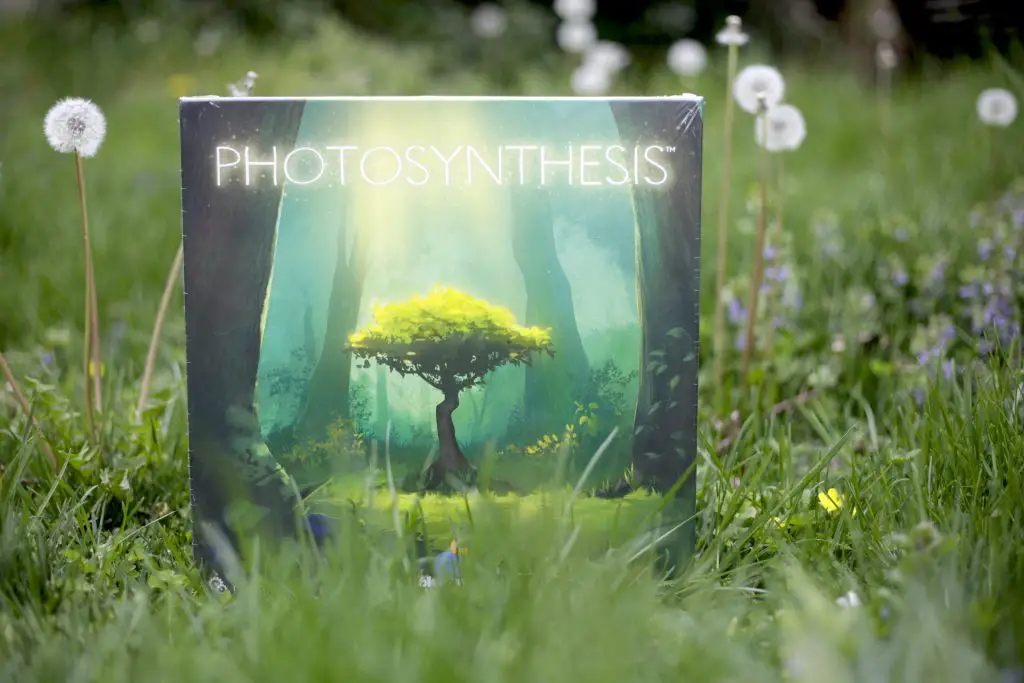
Blokus
At first glance, Blokus may seem just like Tetris in board game form, but that’s not quite it. In Blokus, two or four players will attempt to play as many pieces as they have so they have the fewest amount of squares left at the end.
This is a great introduction to STEM for its math components and its spatial reasoning. Players can only play pieces at the corners of their existing ones, so it will take some maneuvering to play as many as you can. Buyer beware! This game is super addicting along with being one of the best educational board games around.
Wingspan
Wingspan will turn each player into bird watchers. Designed by Elizabeth Hargrave, an avid ornithologist, this game is overflowing with information about birds.
Players will entice birds to their preferred habitat by giving them food. Once a bird comes to rest, it may lay eggs which can be used to play more birds.
Each bird card is filled with information about where a bird lives (both in habitat and geographically), what it eats, how many eggs it can lay, and what kind of nest it makes. This information can earn players bonus points if they pay attention and make birds happy.
If you have an Android device, make sure to download this fan-made companion app, too. You can scan each bird card and listen to its bird call! This adds an extra level of education to this board game for you and your kids.
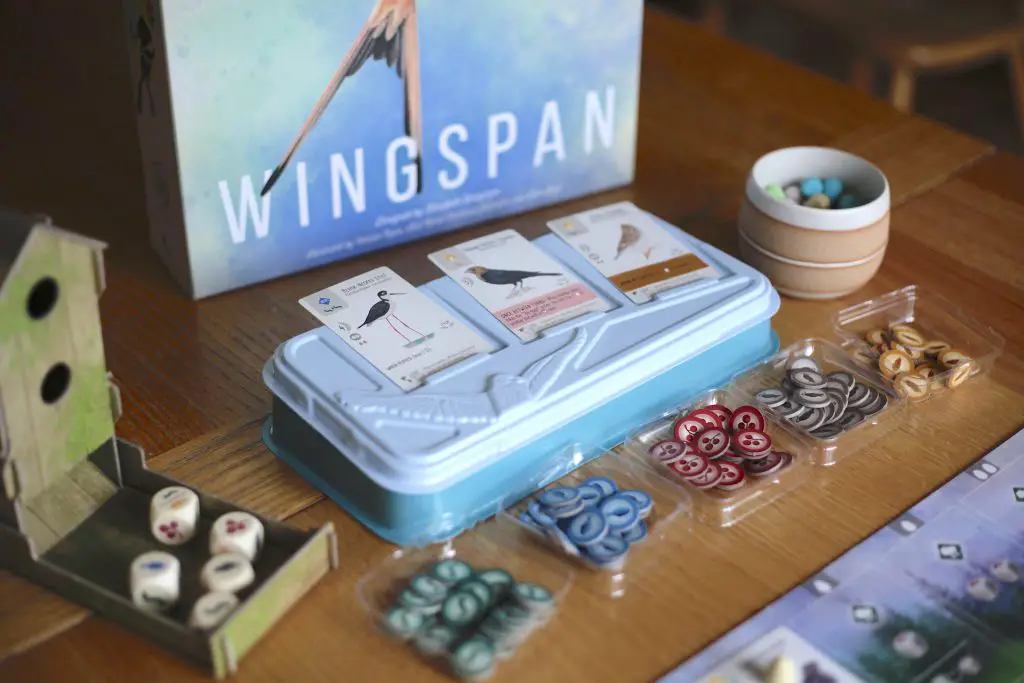
Periodic: A Game of the Elements
Players will collect sets of elements in Periodic to advance their research. Everyone will need to use energy to achieve their goals. You do not have unlimited energy, though, so you will need to use it wisely.
With a scientifically-accurate board and goals, this is one of the best educational board games to learn about the periodic table and how elements interact with each other.
Cytosis: A Cell Biology Game
Cytosis is to cell biology as Periodic is to elements. Players will build enzymes, hormones, and receptors by working with proteins, lipids, and DNA just like real cells do. You will need to manage your “workers” wisely in order to score the most Health Points and win the game. Recommended for players 10 and older, this game has enough complexity to teach kids and adults alike about cell biology.
Planet
In Planet, each player plays with their own magnetic dodecahedron, which they use to build their own planet. They will place terrain tiles that have water, grasslands, deserts, and other kinds of real-life terrain. Animals will begin to inhabit their planet (under the right conditions, of course) and these animals will earn players points. The player with the most points once everyone’s planet is complete wins.
I learned so much from these board games, even as an adult! #familyboardgames Click To TweetSocial Studies Educational Board Games
A lot of board games cover themes and strategies about war. That’s because of the history of wargaming in Germany, where modern board games originated from.
With that said, there are plenty of educational board games for topics like history and geography that aren’t about war, either. These are some of the best.
Timeline
Timeline merges trivia and history flawlessly. This game is simple (and portable). To play, place a single topic card in the center of the table so both the date and the event are flipped up. Each player will start with four cards in front of them flipped to the event-only side.
On their turn, players will try to place one of their cards into the correct spot in the “timeline.” If they place it correctly – that is, if the date is in the right order with everything else placed – then they are down to three cards. The first player to get rid of all their cards wins.
In addition to the base game, there are themed versions, too. These include Americana and Events.
Trekking the National Parks
Visiting National Parks is a fun and educational way to spend a summer vacation. But with Trekking the National Parks, there’s no need to wait until a vacation! You’ll learn about the geography of the National Parks, what each park offers, and more. You can even buy it in the visitor’s center for many of the National Parks listed in the game. Or, you know, you could buy it here and now.
Ticket to Ride
Similar to Trekking, Ticket to Ride takes players on a journey through the continental United States. The goal? Build great train routes that will get passengers to where they need to go. The greater the distance between two locations, the more points you can earn.
The base game will test your understanding of United States geography. There’s no need to stop there, though, as there are other versions. The Europe version heads across the Atlantic and First Journey works well for younger players.
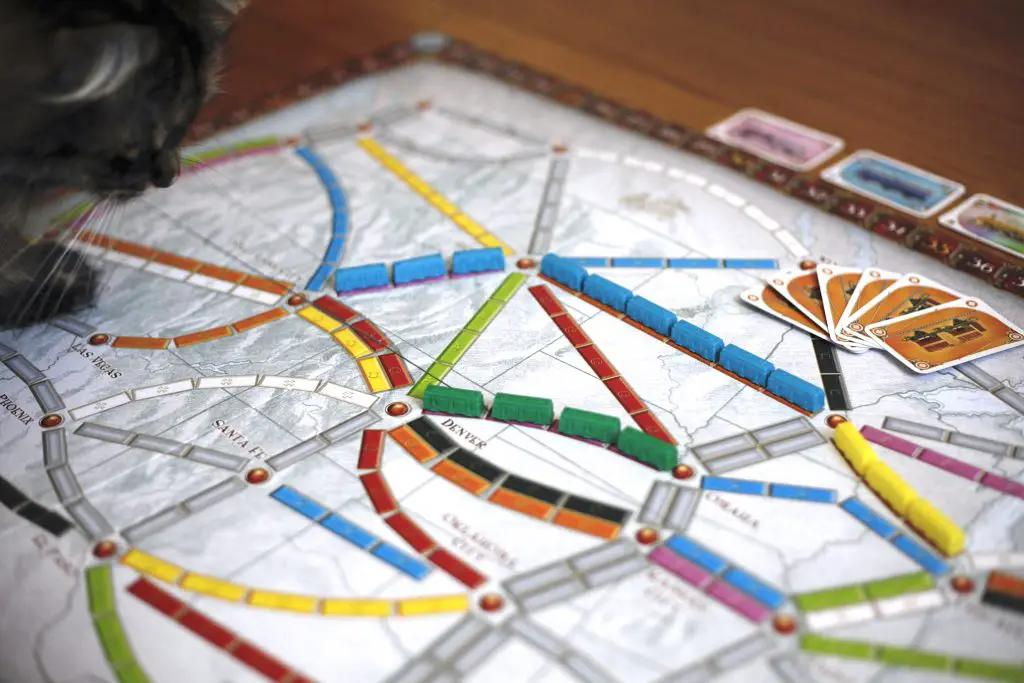
Freedom: The Underground Railroad
Freedom: The Underground Railroad takes a difficult moment in American history and encourages players to truly understand it. It’s a cooperative game, meaning players must work together to raise funds, free slaves, and ultimately end slavery in the United States.
The game includes real historical figures and events to enhance each player’s understanding of this pivotal moment in time.
Great Language Arts Board Games
Classic board games like Scrabble and Boggle develop a player’s spelling skills in obvious ways. There are newer games out there, though, that give the same benefits with a fresh viewpoint.
Codenames
Many board game fans call Codenames a popular party game, but it’s really a powerful word association game. Players form teams where one team member acts as a clue giver, while the other teammates are guessers. Everyone can see a spread of words, but only the clue giver knows which words they need their teammates to guess.
In Password-like gameplay, the clue-giver can only give one word to get their teammates to associate with as many other words in the spread as they can without hitting any of the opposing team’s words. To win, your team needs to find all their words before the other team hits theirs.
It might sound a little confusing at first, but it’s a blast once you see it played. So check it out in this gameplay video below.
Rory’s Story Cubes
Aside from roleplaying games, Rory’s Story Cubes are one of the best ways to encourage creative writing through games. The base gameplay is simple: roll the dice, and make a story based on the pictures you rolled.
Different versions have different ways to play. You can also play with others by building a story based on what you roll. In other words, players customize the game as much as they customize the story.
Bananagrams
Bananagrams takes Scrabble and turns it into a speed game. Each player has their own set of letters which they must arrange into a Scrabble-like board as quickly as possible. When they use all their letters, they shout “Peel!” and everyone must draw a new letter. Play continues on like this until the draw pile runs out of tiles. The first player to complete their board at that time shouts, “Bananagrams!” and wins (provided they finished with valid words!).
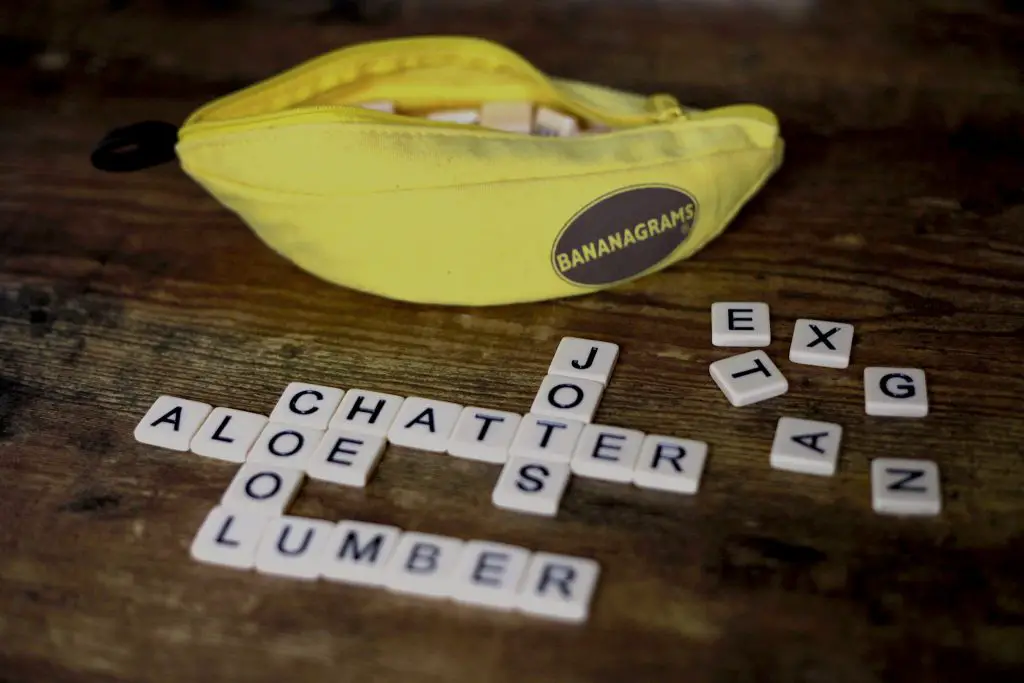
Paperback
Paperback takes the joy of spelling high-scoring words (like in Scrabble) and turns it into a card game. Each player has their own deck of cards which they will “build” by buying new letters to make better words.
A deck begins with ten cards, but interestingly, five of them are wild cards. That means players need to get creative and fill in the blanks for their first few words. Once the buy more cards, their hands may have fewer wilds, but they still need to find the best words to spell.
After playing Paperback, follow it up with Hardback, which has competitive, cooperative, and single-player gameplay options.
Start Learning!
This scratches the surface of educational board games. Many games can teach kids of all different ages, but some are better for younger kids and some are better for older kids. Kids learn at different speeds, and you most likely know what level the kids in your life are at. When in doubt, check the product description on each page for recommended ages (or ask in the comments!).
Make sure to keep a close eye on what makes a board game “educational,” too. While most board games are educational in some way, some games focus on education more than others. Board Game Geek’s Educational category is a great way to find more since other players like you have voted on the game’s quality and educational standards.
What have you learned from an educational board game? Let us know in the comments!
Hi there! I’m Kristen. I’m a game writer, a Dungeon Master, and like you, I love tabletop games. Visit our About page to learn more about me.
I wrote this Cats and Dice article to help you enjoy gaming even more. Did it help? If so, our kitties (and our site) would be grateful for a little gift through Ko-Fi.


